SSD stands for Solid State Drives. Unlike our good old friend, the Mechanical Hard drives, the SSDs are much faster and reliable storage media. SSDs do not contain any moving parts like Mechanical hard drives. Hence they are fast and convenient. Despite its price in comparison, they are pretty much selling out due to the performance improvement we get. Basically, if one wants to upgrade their setup or Laptop, SSD is the option after adding more RAM.
Installing the Operating system into the SSD makes the system more responsive and snappier. Also, program loading times are reduced to a greater extend when comparing to a Mechanical Hard Drive. But many people might face issues installing the SSDs into their machines. Problems like not detecting or not showing up are common in many scenarios.
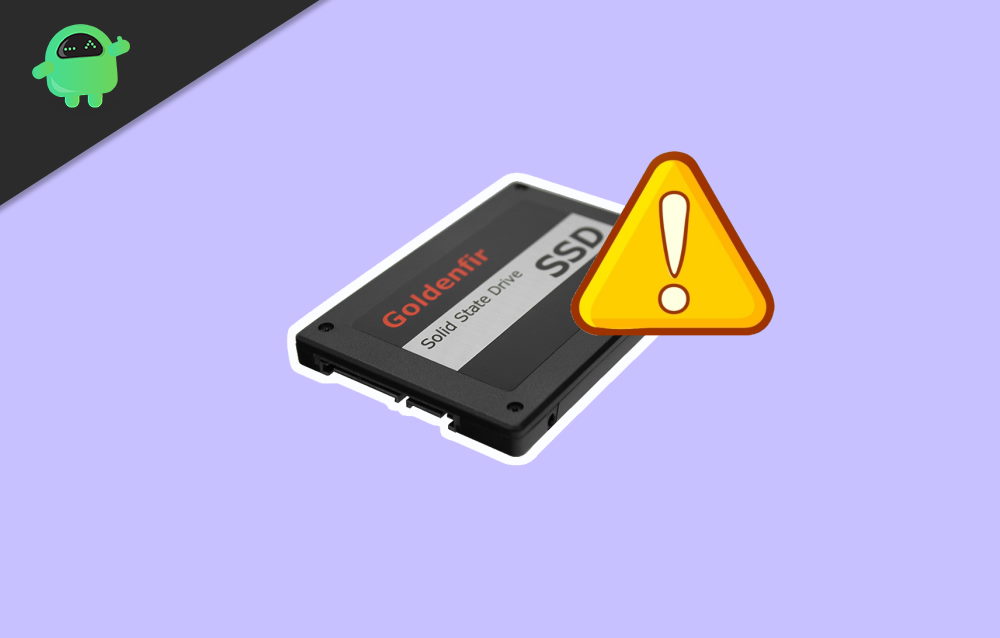
My SSD Not Showing or Not Detected: What To Do? – Troubleshoot
There are many reasons why this happens. Let’s see them one by one, along with the solutions for them.
- An issue with the cables, Ports are not clean.
- Drive not mounted or assigned.
- SSD not formatted or not recognized.
- Device drivers not installed or corrupt.
- The device is disabled in bios.
- Faulty SSD or Port.
Solution 1: Cables and connectors:

SATA cables connect SSD to the motherboard. The device will not show up if the cables are damaged. To find this, we should check by changing the cables. Also, the issue will occur if there are any dust particles in the connector regions, disturbing connections.
SSDs do not require any stand like the mechanical hard drive since there are no moving parts. Because of this, many people let it unsupported, leaving the cables loose. Hence ensure the cables are tight. Now try connecting the Drive if this was the issue. The drive will show up.
Solution 2: Drive not assigned or initialized:
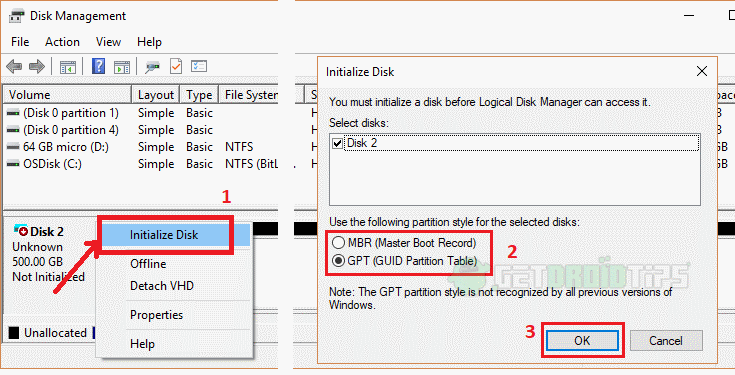
Windows recognizes the device by assigning it a letter. For example, your drive with the Windows OS in it is assigned as C:/ drive by default. Windows will automatically assign a drive letter. In some cases, it will not. So we have to manually assign it. Also, sometimes we should manually initialize the device to work with the operating system.
To initialize and assign:
- Open Disk Management utility by any of your favorite method. The fastest method is to press Windows key+R, and this will open Run, now type “diskmgmt.msc” and hit enter. This will open the utility.
- If you connect it as a secondary device, it will show the SSD as Disk 1.
- Right-click on the device and select Initialize, then select the partition table used in the drive and click Okay.
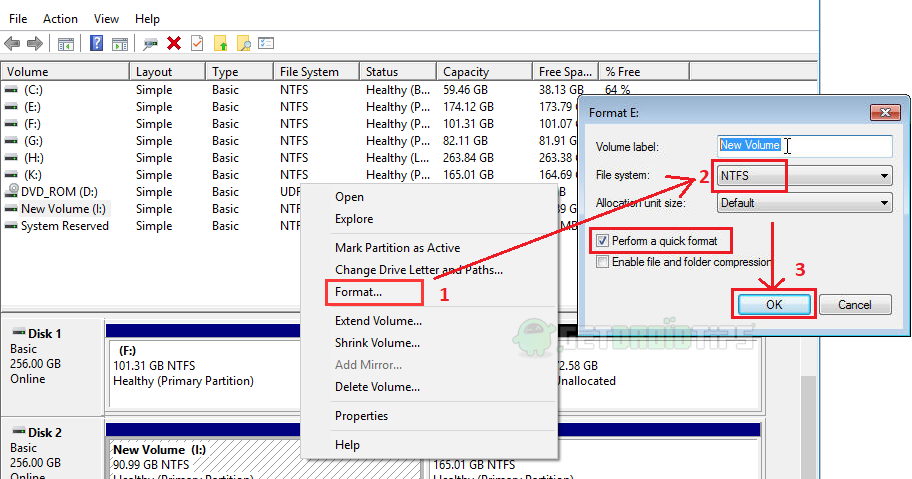
After initializing the device, we should assign a drive letter for the partitions in the drive to show up.
- Right-click on the blue line box and select Change letter and paths…
- Click on Add and select the preferred drive letter from the drop-down menu. and click on Ok
- Finally, click on Ok from the change letter tab.
Now the drive should show up in windows explorer.
Solution 3: SSD Filesystem not compatible:
Some filesystems are not compatible with windows. For instance, Linux uses an ext4 filesystem, which is not recognized by windows. In such cases, you should format the drive in windows to NTFS or FAT32 filesystems for the system to recognize it. If this is your case, the disk will show as “RAW” in Disk management utility.
Formatting will wipe the drive and will result in data loss. To avoid, use any Linux PC to recover Data first and format the drive afterward. But if you don’t need the data, you can directly skip to formatting the drive.
So, to format the drive:
- Open Disk management utility, as mentioned above.
- Find our SSD, if not assigned or initialized, do it first.
- Right-click on the partition that is labeled as “RAW” and selects “Format.
- Follow the instructions to format and for Filesystem, select NTFS. You can select FAT32 if you want, but NTFS is recommended if you want to use it with Windows.
- You can change the Drive letter if you wish, after formatting it.
If the device is new, it will show as unallocated. In that case, right-click on it and select “New” and follow the steps to create a new partition.
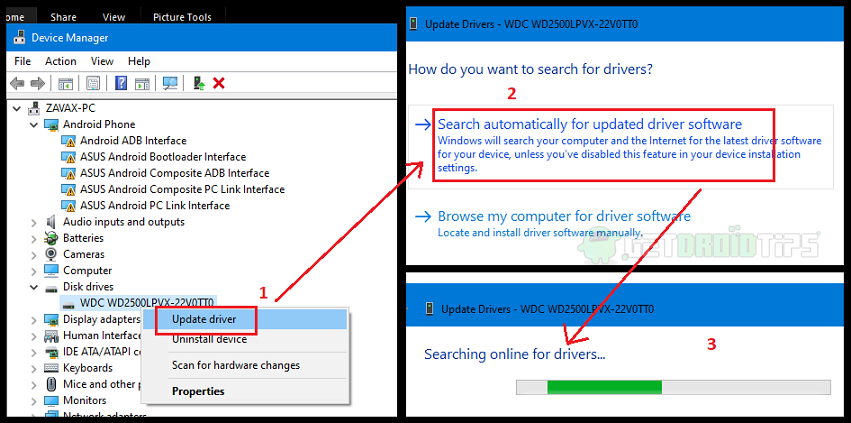
(Hint: If you don’t find the Drive in Disk Manager, skip to step 4)
But if you want your data, you can use Bootable Linux USBs to boot into a Linux system temporarily and recover data. But if you did not use the drive previously on Linux, and it was due to any corruption, you have no other option to format the drive first and then use any third party Recovery tools to recover data.
Solution 4: Device drivers not installed properly:
Every device requires drivers to work with the operating system. So, windows will automatically install the required drivers. But if you are using an older version of windows, you might need specific drivers for such a case. In this case, you won’t find the device in Disk Management Utility.
Visit the official website for the drive and download driver software for the drive and operating system you are on. It is also better to update the motherboard SATA controller drivers. For that too, visit the manufacturer’s website for the motherboard.
For initially, you can use the Device Manager to update device drivers from windows update.
- Open Device Manager by the Run command “devmgmt.msc”
- Under Disk Drives, right-click on the SSD and click on UpdateDrivers.
- Now, click on “Search automatically for Updated Drivers” and let it run for a while and install.
- Make sure you have a good and working internet connection.

(Hint: If you don’t find the device in Device manager skip to Solution 5).
Once the drivers are installed, the device will be shown in WIndows explorer. If not shown, check Disk management utility and follow the above steps( solution 2 & 3) to format and assign.
Solution 5: Device disabled in Bios:
If your motherboard comes with multiple SATA ports, it will have the option to disable or enable one of them in the BIOS/UEFI menu. To enable this, you have to enter into the BIOS menu.
For windows running on UEFI mode, you can enter the UEFI menu by going into Setting > Update and Recovery, and in the Recovery tab, click on “Restart Now” under Advanced startup.
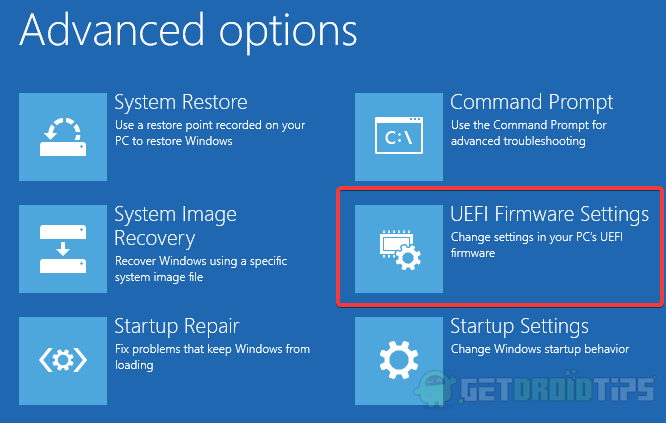
Once the PC restarts, click on Troubleshoot > UEFI firmware setting, and you will be taken to the menu.
This menu will vary according to the manufacturer of the motherboard. Browse around and find options like “Devices or Drives”. Here’s a sample option menu from BIOS for reference:
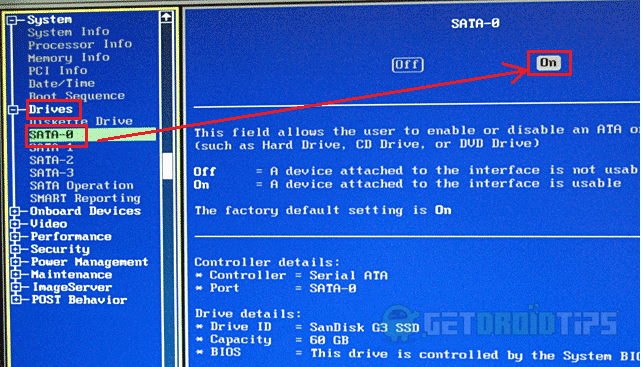
From the list of drives and enable them by selecting “on” from the options. Again, this will not be the same for every motherboard. Refer to any manuals or try their website for more information on it. Once enable, boot back into Windows and check for device.
Solution 6: Faulty SSD
If the device is not showing up in BIOS means, either the cable or the device should have been damaged. If you have changed the cables as mentioned in Solution 1, and yet the device doesn’t show up in BIOS as discussed in Solution 5, then the drive is Damaged. You should replace the drive with a new one.
If you’ve bought this as new, try to return or claim refunds/warranty. But also check with another SATA port, if it works on it, it will be because of the specific port. If none of the ports work, try with a different PC and check whether it works.
Conclusion
So, to conclude, these were the 6 step by step solutions for fixing the SSD not showing up in the Windows issue. The list is in perfect order for step by step troubleshooting. Also, you can try the steps from 6-1n in reverse order to trace the issue from the Root. I hope you solved the issue and learned something new by this. Happy computing.
